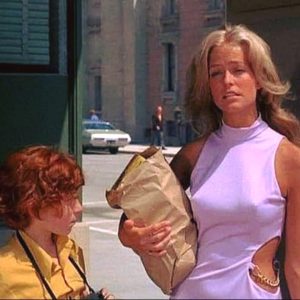If you’ve ever traveled through rural Pennsylvania, you’ve likely spotted a five-pointed star on the side of a barn.
But have you ever wondered what these stars truly symbolize?
These iconic barn stars hold a rich history and hidden meanings that go beyond their charming appearance.
What is a Barn Star?
A barn star (also known as a barnstar, primitive star, or Pennsylvania star) is a decorative symbol commonly found on barns in in south-central and southeastern Pennsylvania.
Barn stars are usually geometric designs, often featuring five, six, eight, or twelve points, and sometimes appear in a circular “wagon wheel” style.
When did Barn Stars first appear?
To trace the origins of the barn star in North America, we need to go back about 300 years. Religious refugees from the Rhine region of Germany, including Amish, Mennonites, Lutherans, and other groups, made their way to southeastern Pennsylvania in search of religious freedom.
These settlers became known as the “Pennsylvania Dutch.”
House with a barnstar in Strasburg, Pennsylvania / Wikipedia Commons
These settlers brought a tradition of painting vibrant geometric patterns on their barns. These designs, often featuring flowers, birds, stars, and other symbols, had specific meanings, alongside their decorative charm.
Barn stars first made their appearance in the 1830s, but by the time of the Civil War, their popularity really took off, especially in Pennsylvania, where they remained a beloved tradition as late as the 1870s.
What is a Barn star made of?
The composition of the barn star has evolved over time. Initially, they were painted directly onto the barn’s surface. Later, the stars were crafted from wood as separate pieces and then attached to the barn.
Metal barn stars are typically crafted from durable materials such as tin, steel, or iron, which give them a rustic charm and the ability to withstand the elements for years. On the other hand, wooden barn stars are usually hand-cut and painted, offering a more traditional and handcrafted appeal.
The purpose of Barnstar
I always thought barn stars served a structural purpose, but it turns out that’s not the case most of the time. While they don’t serve a building function, barn stars were once viewed as a symbol of good luck by farmers ”way back when,” and many people still consider them lucky today.
Similar to how a horseshoe is often hung over a doorway, barn stars are thought to bring good fortune. Over time, a story developed that Pennsylvania Dutch farmers painted these stars on their barns to ward off evil spirits or bring good luck. It seems, however, that the urban legend isn’t entirely true.
Experts have pointed out that barn stars were closely tied to the agricultural lifestyle. They were not necessarily linked to supernatural events or beliefs.






